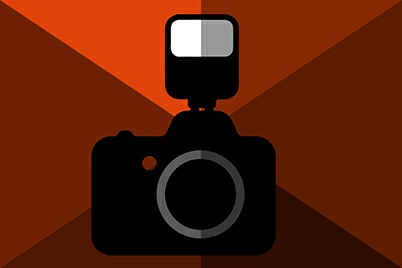

07584-


DON’T BE LEFT IN THE DARK
Photography -
Photography is now such an important part of most people’s lives. From professional studio photography, through retailing sites such as eBay and Amazon and finally social media everybody has their own particular interest in taking photographs. So how do you ensure you have the best available lighting to be certain your subject is shown off to the maximum effect?
Modern digital cameras and phones can cope with a variety of extremes in lighting, but the more preparation you can do prior to taking the shot, the better chance you have of achieving great results at the end.
1. Low Lighting.
Most cameras will have a low-
2. Use the Light Path
Light travels in a straight line, so if outdoors, the best time to shoot is mid-
3. Sunlight
Sunlight is a natural source of light. However light levels change throughout the day which can affect reflections and the appearance of your subject. Everything from rock, water and metal is affected by light, so always choose the best time of day to suit your photograph.
4. Artificial Light
Artificial light such as flash, is essential when shooting at night, but be careful of unwanted reflections or over-
5. Shadow
Shadow creates drama. Whether the image is taken in sunlight or artificial light, shadows can maximise the results. It gives a three-
The subject and timing of your photograph will always be a major factor, but by ensuring it is lit to its best advantage, this will result in your subject being shown off to its maximum effect. (For more information on Retouching click here)
Please note that the views, thoughts, and opinions expressed in this article belong solely to the author, and not necessarily to any other group or individual. To ensure you are fully compliant with all current legislation, please take legal/professional advice and do not rely solely on the information provided in these articles.

Copyright © 2018-
Terms of Use | Privacy Policy, GDPR & Cookie Policy | Trading Terms





